Welcome to a mesmerizing journey through the captivating world of Bollywood romance! As one of the most influential film industries globally, Bollywood has not only entertained audiences but also shaped Indian culture over the decades. From classic tales of undying love to modern-day narratives reflecting societal evolution, Bollywood romance has evolved in fascinating ways, capturing hearts worldwide. Let’s explore how this beloved genre has transitioned from melodramatic sagas with patriotic undertones to contemporary stories set against urban backdrops and bold themes. Join us as we delve into the timeless allure of Classic vs. Contemporary Bollywood Romance!
The Golden Era of Bollywood Romance (1950s-1980s)
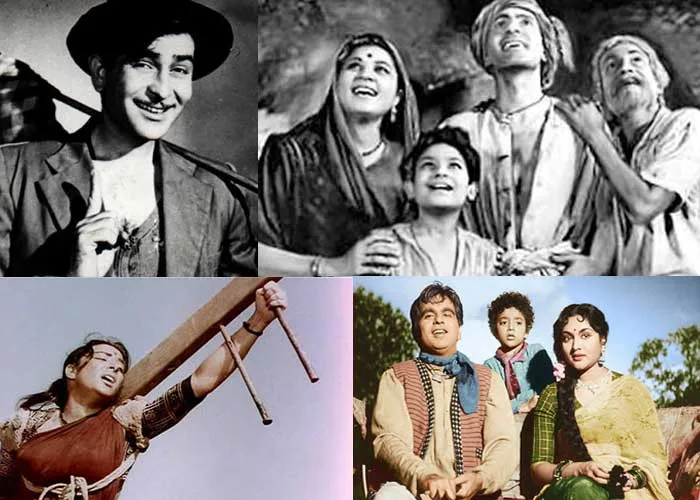
The Golden Era of Bollywood Romance, spanning from the 1950s to the 1980s, is often hailed as a time when love on screen was painted with melodrama and idealized notions. Films during this era were filled with patriotic undertones and showcased traditional values that resonated deeply with audiences.
Iconic pairs like Raj Kapoor-Nargis and Dilip Kumar-Madhubala graced the silver screen, capturing hearts with their timeless chemistry and unforgettable performances. These legendary duos became synonymous with classic Bollywood romance, setting high standards for on-screen love stories.
The storytelling in these films was marked by emotional depth and sincerity, portraying relationships that stood the test of time amidst societal norms. Cinematic techniques were used masterfully to evoke powerful emotions in the audience through song and dance sequences set against exotic locations. The influence of this era continues to be felt in modern-day Bollywood romance, shaping how love is portrayed on screen even today.
The Rise of Contemporary Romance in the 1990s
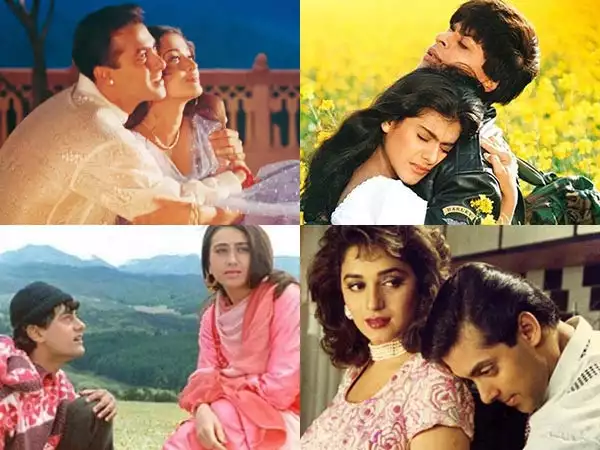
The 1990s marked a significant shift in Bollywood romance, moving away from the traditional melodrama and idealized love of classic films. Contemporary romances began to reflect a more realistic portrayal of relationships, set against urban backdrops with Western influences seeping into the narratives.
Bold themes like feminism and LGBTQ+ representation started making their way onto the silver screen, challenging societal norms and pushing boundaries. Non-linear storytelling techniques added depth and complexity to plotlines, engaging audiences in new ways.
Women’s roles evolved from being solely decorative to strong, independent characters driving the story forward. The influence of globalization brought about changes in storytelling styles as filmmakers experimented with narrative structures and cinematic techniques to appeal to a wider audience base.
The Impact of Globalization on Bollywood Romance in the 2000s
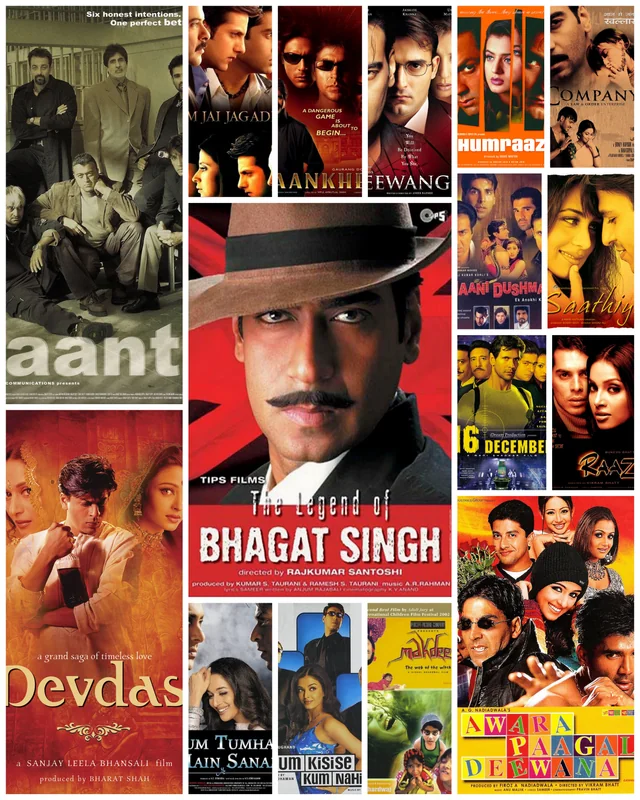
In the 2000s, globalization opened up new horizons for Bollywood romance. It brought in fresh perspectives and diverse influences, shaping the way love stories were portrayed on screen. Urban settings became more prevalent as filmmakers sought to connect with a global audience. Western ideas and cultural nuances seeped into the narratives, adding layers of complexity to traditional themes.
Bold topics like feminism and LGBTQ+ representation started emerging in Bollywood romance films, reflecting changing societal norms. Non-linear storytelling techniques began to be embraced, giving audiences a different viewing experience. The role of women evolved significantly as they were depicted with more agency and independence.
Technological advancements in filmmaking allowed for visually stunning sequences set against exotic locations around the world. These changes marked a significant shift in how Bollywood romance was perceived both locally and internationally.
Modern-day Bollywood Romance: Trends and Themes
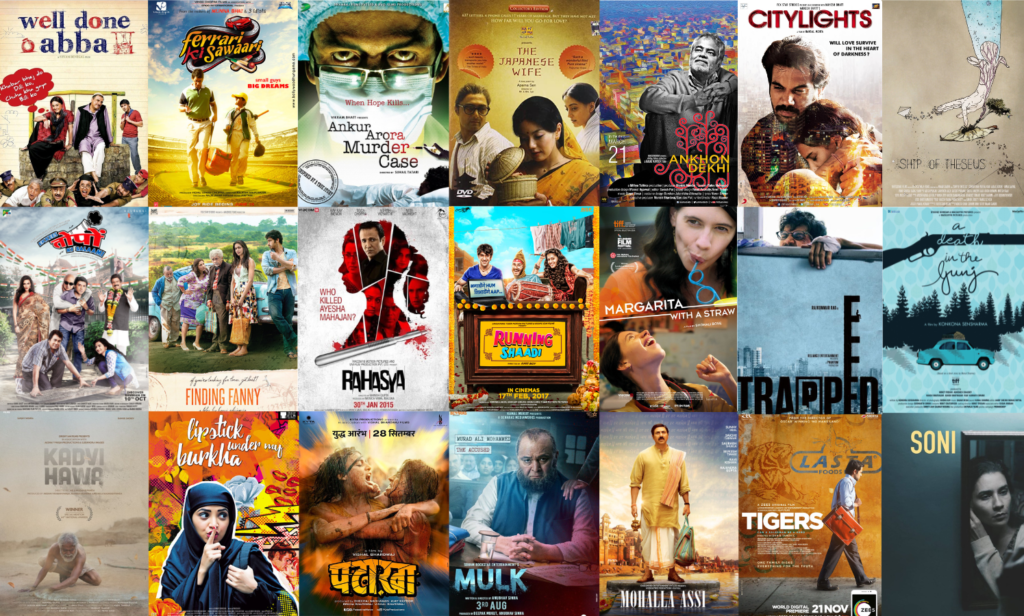
Modern-day Bollywood romance has evolved to reflect the changing times and societal norms. Films now explore a wide range of themes, from feminism to LGBTQ+ representation, challenging traditional narratives. The settings have shifted towards urban landscapes, mirroring the cosmopolitan nature of modern India.
Bold and unconventional storylines are embraced, with non-linear storytelling techniques keeping audiences engaged. Women characters are portrayed as strong and independent, reflecting their changing roles in society. Globalization has brought Western influences into Bollywood romance, leading to a fusion of cultures on screen.
Technological advancements in filmmaking have revolutionized visual storytelling techniques, enhancing the cinematic experience for viewers worldwide. Exotic locations and elaborate song-and-dance sequences continue to captivate audiences while experimenting with narrative styles keeps the genre fresh and exciting.
Comparison between Classic and Contemporary Bollywood Romance
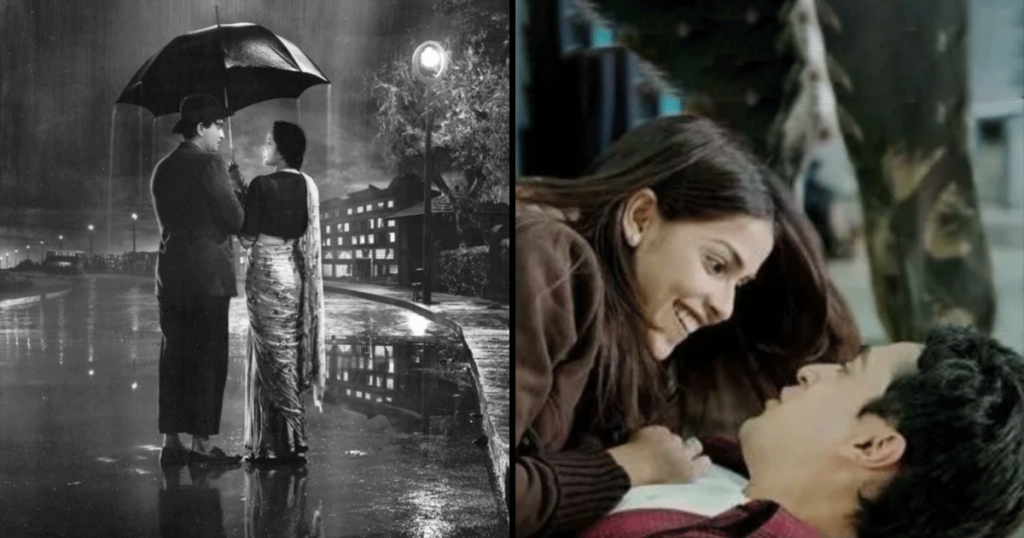
Classic Bollywood romance from the Golden Era was characterized by its melodrama, idealized love stories, and patriotic undertones. Films of the 1950s to the 1980s often portrayed traditional values and showcased iconic pairs like Raj Kapoor-Nargis and Dilip Kumar-Madhubala, leaving a lasting impact on Indian cinema.
In contrast, contemporary Bollywood romance in the 1990s onwards shifted towards realism with urban settings and bold themes such as feminism and LGBTQ+ representation. Non-linear storytelling became more common, reflecting the evolution of societal norms and changing roles of women in society.
The influence of globalization brought Western influences into modern-day Bollywood films, along with technological advancements in filmmaking techniques. From experimentation with narrative styles to cinematic visuals using exotic locations – classic versus contemporary Bollywood romance showcases a dynamic shift reflecting both cultural influence and audience reception over the decades.
The Evolution of Bollywood Romance and Its Enduring Appeal
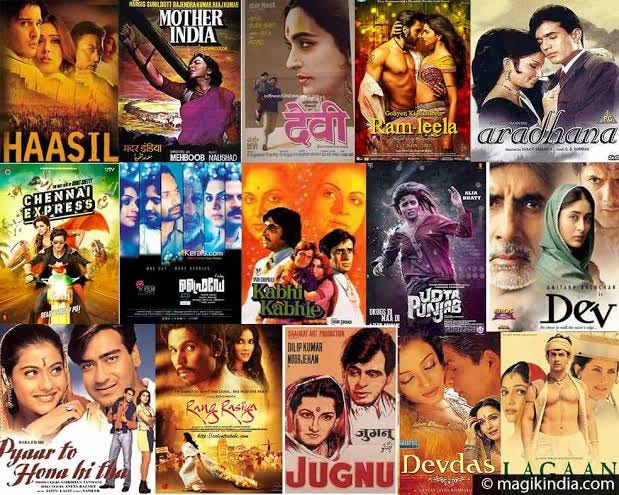
Bollywood romance has undeniably evolved over the decades, transitioning from classic melodrama with patriotic undertones and traditional values to contemporary portrayals of love in urban settings influenced by global trends. The industry has embraced bold themes, non-linear storytelling, and experimented with narrative styles while adapting to changing societal norms.
As technology advances and globalization continues to shape cinematic techniques, Bollywood romance remains a cornerstone of Indian culture. Its impact extends beyond borders, captivating a global audience with its visual storytelling and iconic song-and-dance sequences set in exotic locations.
Despite the shifts in storytelling and filmmaking approaches, Bollywood’s enduring appeal lies in its ability to reflect cultural values while pushing boundaries. From the Golden Era’s idealized love stories to modern-day narratives that explore diverse perspectives, Bollywood romance continues to enchant audiences worldwide through its timeless portrayal of human emotions. Check here!
For more such content, stay tuned to QAWire


